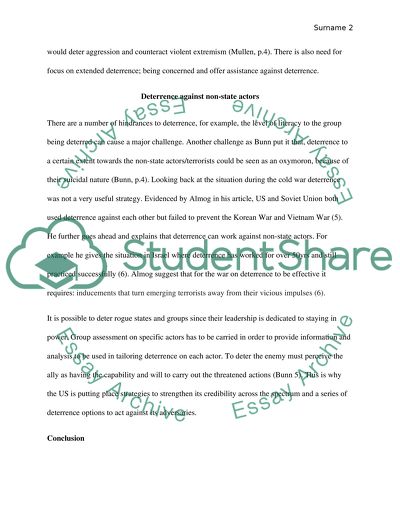Cite this document
(“The concept of Deterrence Essay Example | Topics and Well Written Essays - 2500 words”, n.d.)
The concept of Deterrence Essay Example | Topics and Well Written Essays - 2500 words. Retrieved from https://studentshare.org/history/1441271-the-concept-of-deterrence
The concept of Deterrence Essay Example | Topics and Well Written Essays - 2500 words. Retrieved from https://studentshare.org/history/1441271-the-concept-of-deterrence
(The Concept of Deterrence Essay Example | Topics and Well Written Essays - 2500 Words)
The Concept of Deterrence Essay Example | Topics and Well Written Essays - 2500 Words. https://studentshare.org/history/1441271-the-concept-of-deterrence.
The Concept of Deterrence Essay Example | Topics and Well Written Essays - 2500 Words. https://studentshare.org/history/1441271-the-concept-of-deterrence.
“The Concept of Deterrence Essay Example | Topics and Well Written Essays - 2500 Words”, n.d. https://studentshare.org/history/1441271-the-concept-of-deterrence.


